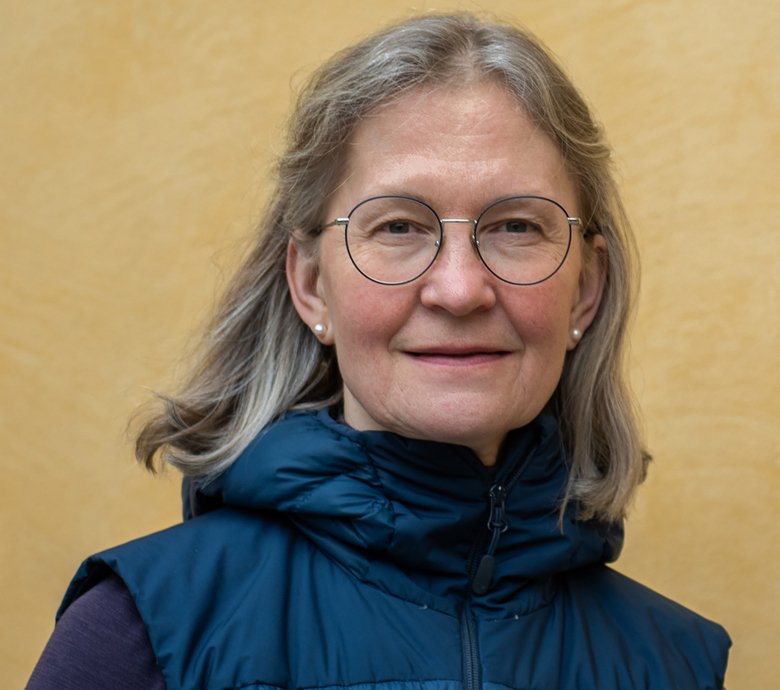New thesis about traditional yoga and clinical burnout

Hi Astrid Grensman, PhD-student at the Division of Family Medicine and Primary Care. On February 14 you will defend your thesis “Traditional yoga and clinical burnout: Quality of life and biomarkers before and after treatment”, what is the main focus of the thesis?
Yoga is a comprehensive system used for personal development including taking care of our physical, mental and emotional well-being. Usually body postures, breathing exercises and meditation are used. Today yoga is appreciated world-wide as a means for self-help, and there is an increasing interest to explore if yoga can be used as treatment for medical conditions and diseases. Clinical burnout is a severe condition caused by longstanding stress without proper recovery. Clinical burnout is characterized with mental and physical exhaustion, sleep disturbances and cognitive impairments often leading to long-term sick leave, and which demands long rehabilitation. Longstanding increased sensitivity to stress and relapse is common and many patients do not recover fully. The costs to society are large and evidence based treatments are scarce. No biomarkers are in clinical use. My thesis focuses on the situation for these patients measured as Quality of Life (QoL), and if yoga can be an alternative treatment for these patients. QoL reflects the patient´s view on their health, how the disease affects their daily life, and QoL can also predict future morbidity and sick leave. Furthermore, my thesis focuses on if there are potential biomarkers (substances in blood and urine, e. g. cortisol and epinephrine) for diagnosis and to evaluate treatment effects that can be explored in future research to aid in clinical work with these patients.
Which are the most important results?
First, we found that our study group with patients on sick leave for clinical burnout had severely decrease QoL in all areas of life, on a par with for example patients with severe psychiatric illness, and despite that they were otherwise healthy and recently had been working fulltime. Second, five months of traditional yoga had slightly better effect in several aspects of QoL, than had cognitive behavioral therapy and mindfulness based cognitive therapy, which were the two other treatments used in the study. The improvement in QoL was large in all three groups with the highest number of significant improvements in subscale scores, in the traditional yoga group. Third, all biomarkers showed a normal concentration before treatment, and finally, as a first step, several potential biomarkers were found that can be further explored in future studies for possible use as an aid in diagnosis and evaluation of treatment effects.
How can this new knowledge contribute to the improvement of people’s health?
This doctoral thesis high-lights the severity of the situation for patients with clinical burnout, that affected all areas of their QoL. This underlines the necessity to find these patients early, and may help to increase the awareness of the severity of stress related disorders including clinical burnout, in health care. Moreover, the effect of yoga on QoL might indicate that yoga can be used as a treatment and as prevention for clinical burnout, but this needs further exploration. Furthermore, several potential biomarkers were found, that can be explored in future research, for the use as a possible aid in diagnosis and evaluation of treatment effects.
What is the future for you? Will you keep conducting research?
Yes, I will keep conduction research, and yoga and clinical burnout are two main areas of research interest for me. I would like to continue to explore the possibilities of yoga as self-help and treatment for different medical conditions and diseases. Moreover to further explore the situation for patients with clinical burnout. Furthermore to evaluate if the biomarkers found here can be used as possible tools for diagnosis and evaluation of treatment effects.
